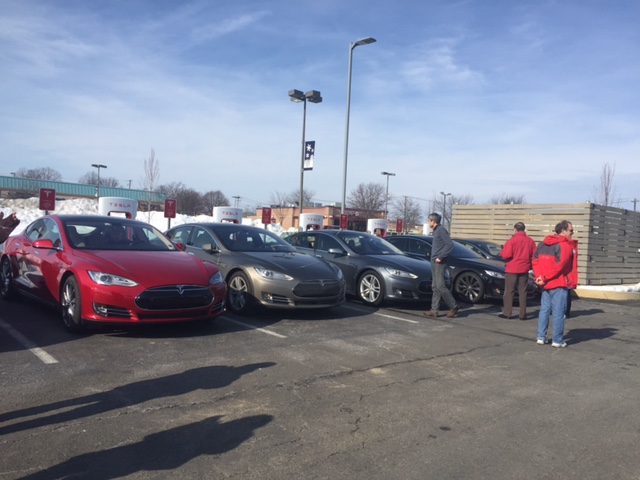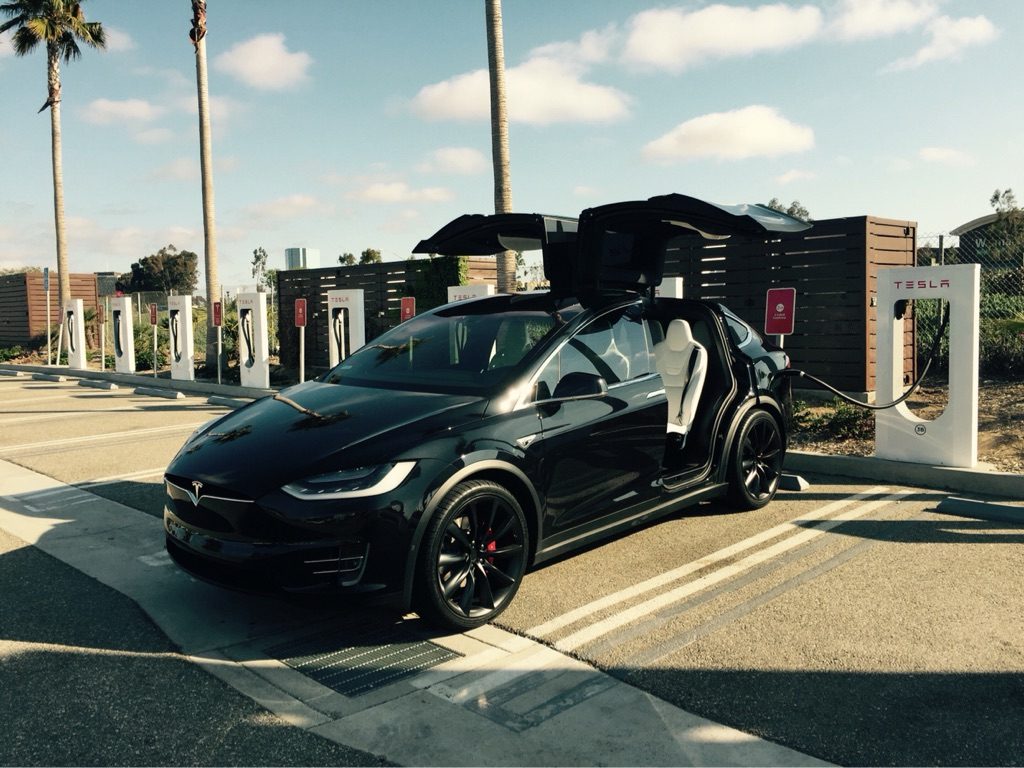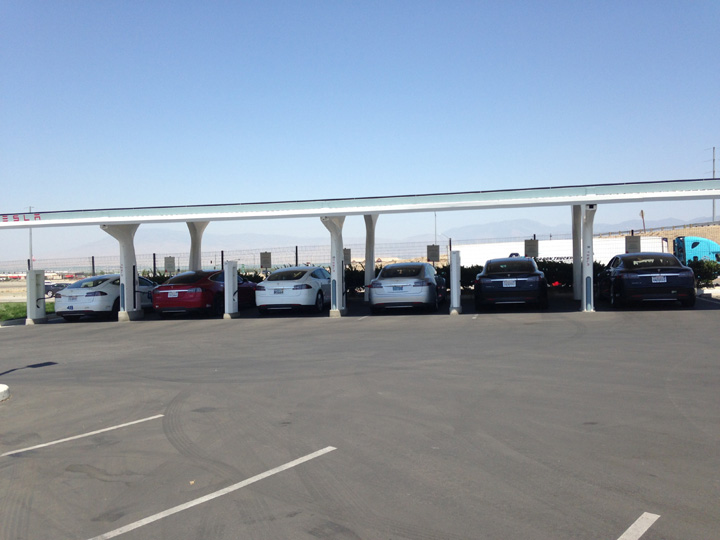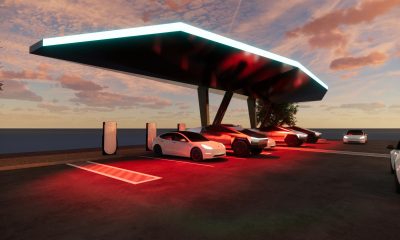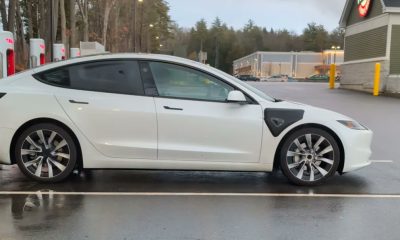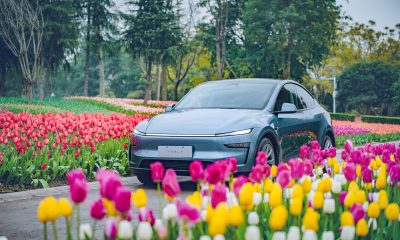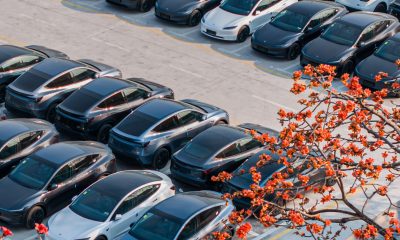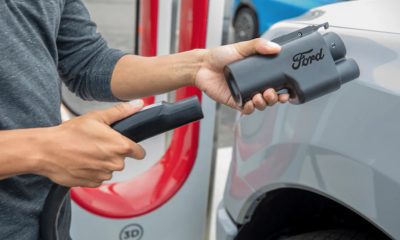News
The Battle of the Supercharger: Congestion in the face of increased Model 3 production
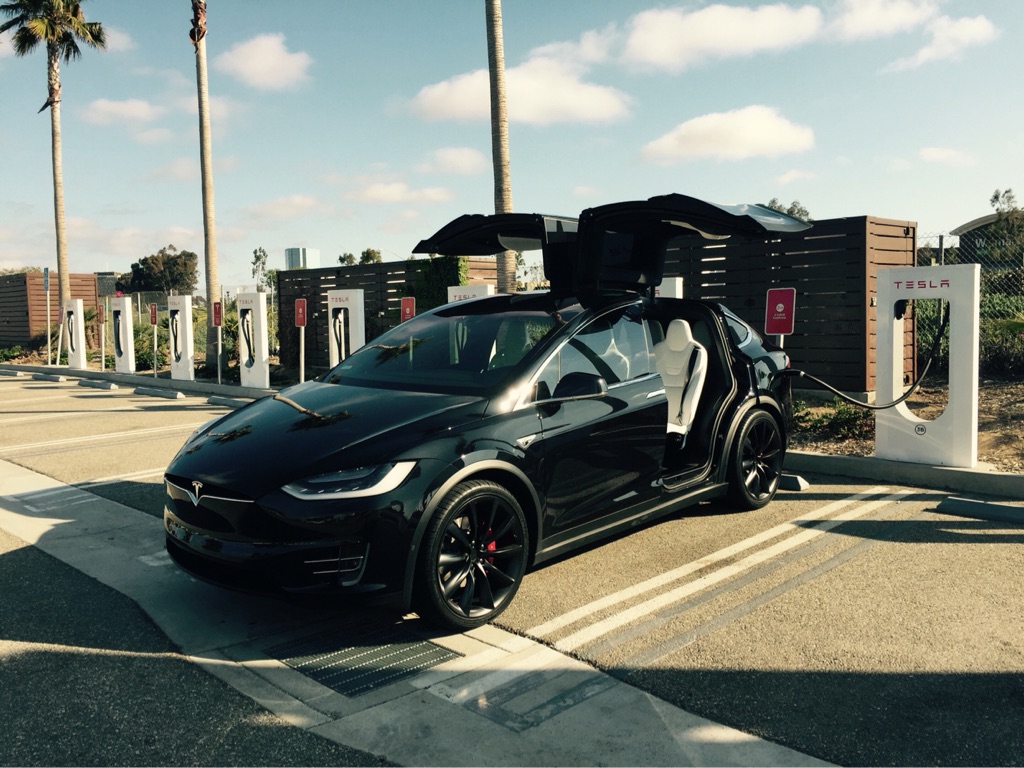
Tesla Supercharger in Allentown, PA
The will they or won’t they argument about free Supercharging for life with Model 3 has been debated backward and forward. Fears have been accelerated since last week’s news of an ambitious goal to get 100,000-200,000 Model 3 vehicles on the road in 2017. Elon’s exact words at the unveil have been analyzed and rehashed time and time again. I won’t venture to assume I know what Tesla will decide, or even give my opinion on how they should price or restrict access. What I can say is that we need a strategy and we need it fast. I call it: etiquette education.
We needn’t mince words here. We’re all adults. We also needn’t take sides on the already exhaustive debate of whether or not it’s proper to charge locally just to save a few bucks. (Opponents argue it’s contrary to the point of chargers, while those for it stand on the ground that they paid for “free for life” access.) All we need to do is spell out good etiquette. I mean really spell it out.
Truth 1: Superchargers are intended to enable long distance travel.
Rule 1
Travel on the network as often as you like, anywhere your 4 wheels can take you.
Truth 2: Superchargers are for charging, not parking.
Rule 2
Charge as much as you need, or even a bit more, then promptly move your vehicle. Do not park overnight, do not go on a shopping spree and absolutely do not use it as a premium parking space without even plugging in.
Tesla Model X at the Oxnard, CA Supercharger via app check-in
Truth 3: Charge rates dramatically slow down after you’ve reached approximately 90% charge. You will thus occupy a stall for much longer than you did for any other 10% portion of your charge.
Rule 3
Do not charge beyond 90% at a Supercharger unless you absolutely need it to get to your next destination (including a buffer of course) or there are many other open stalls.
Truth 4: Waiting in line to charge when you’re on a road trip can derail plans, exacerbate tiredness from traveling, and would all around suck.
Rule 4
If you are charging close to home (whether returning from a road trip or otherwise) and have enough to get there, stay with your car and immediately vacate if or when all of the stalls at that location are occupied.
Long queues known to form around the Tejon Ranch Supercharger
Truth 5: Someone out there either needs or wants to save a few bucks on electricity. Someone out there has no home charging solution available. Someone out there accidentally fried their home charger with a failed DIY attempt and can’t get it fixed until next week.
Rule 5
If intending to visit a local charger just for the sake of charging (eg: not returning from a trip), do so off peak. Do not go during known commuting hours, holidays or busier weekend hours. Plan to charge in the evening, mid-weekday or early morning hours. (Tesla should consider releasing peak charging times per SC location for this and trip planning purposes.) Also refer to rule 2. If you fall into the camp of visiting a local charger just for sake of charging, do not leave your vehicle unattended. Immediately vacate the charging space if or when all of the stalls at that location are occupied.
Truth 6: Tesla knows or can figure out who uses local Superchargers “rather aggressively.”
Rule 6
You may receive a warning letter – with attached peak charging schedule for your local location – that you have been identified as using your local charger aggressively. The letter will remind you that the Supercharger network was intended to enable long distance travel, set Tesla apart from the rest of the industry and bring in sales which ultimately benefits us all and provides funds for additional chargers. (Okay, this one is speculation and wishful thinking on my part. But I think this paired with a rigorous educational program as spelled out above would go a long way.)
No, Model S and X owners don’t deserve some kind of priority and shouldn’t bellyache about the presumed onslaught of Model 3 drivers hogging up all the chargers. After all, a successful Tesla Motors is good for everyone. However even today, we all need a stern lecture on proper Supercharger etiquette and Tesla should feel no shame in very clearly spelling it out to us and the rest of the world. Education is the missing piece here, not some complicated pay-per-use or tiered charging access.
News
Tesla Giga Berlin sets record for free EV charging park
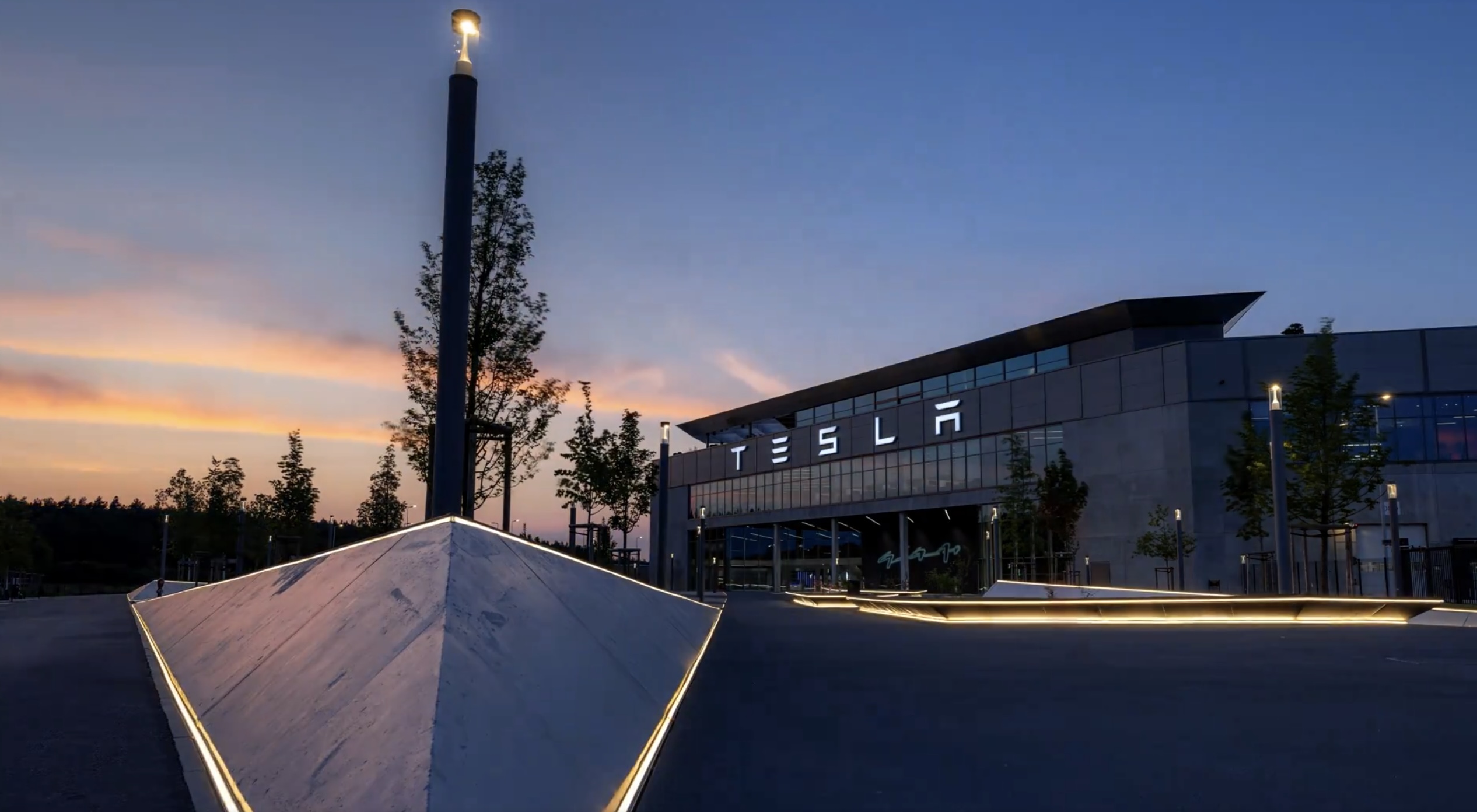
Tesla Giga Berlin boasts the world’s largest free charging park.
Visitors to Tesla’s Gigafactory in Grünheide can’t miss the sprawling network of 546 charging stations peppering the parking areas, dwarfing other global contenders. The U.S. automaker’s setup snatched the title of the world’s largest charging park from a 259-station lot in Merklingen, Germany, per the German Automobile Association (ADAC).
Located off the A10 near Berlin, Tesla’s charging hub isn’t just for show. Tesla Giga Berlin’s EV charging areas feature 527 chargers in the south, 19 in the north, and 226 covered charging stations. The stations pack 11-kilowatt chargers, delivering up to 71 kilometers of range hourly.
Tesla’s covered EV chargers tap into hundreds of solar panels mounted onto the parking lot roofs. The American EV maker shared that with the solar panels, the covered EV chargers have a maximum power capacity of 1 MW.
Tesla’s solar panel system eases concerns about its free charging straining local grids during peak demand. The Gigafactory’s charging hub serves practical needs and showcases Tesla’s vision for an EV-driven future.
Most of Tesla Giga Berlin’s stations are free for employees, visitors, and passersby. The only Tesla chargers subject to monetary charges are the Superchargers.
A Tesla spokesperson noted, “There is also a public Supercharger station, which is subject to regular rates.” The 19 V4 Superchargers, open to all EV brands at 250 kW, cost non-Tesla drivers 53 cents per kWh.
Last month, Tesla Giga Berlin produced its 500,000th Model Y unit after opening on March 22, 2022. It took the factory over 1,100 days to produce half a million Model Y vehicles. Compared to Giga Shanghai, Giga Berlin’s speed is lacking. However, Tesa’s factory in Germany has significantly contributed to the company’s goals since it started operations.
News
Hyundai’s Georgia EV plant clears environmental review of its water usage
The Army Corps says Hyundai’s plant poses “insignificant” water risks despite using 6.6M gallons/day. Ogeechee Riverkeeper remains cautious.
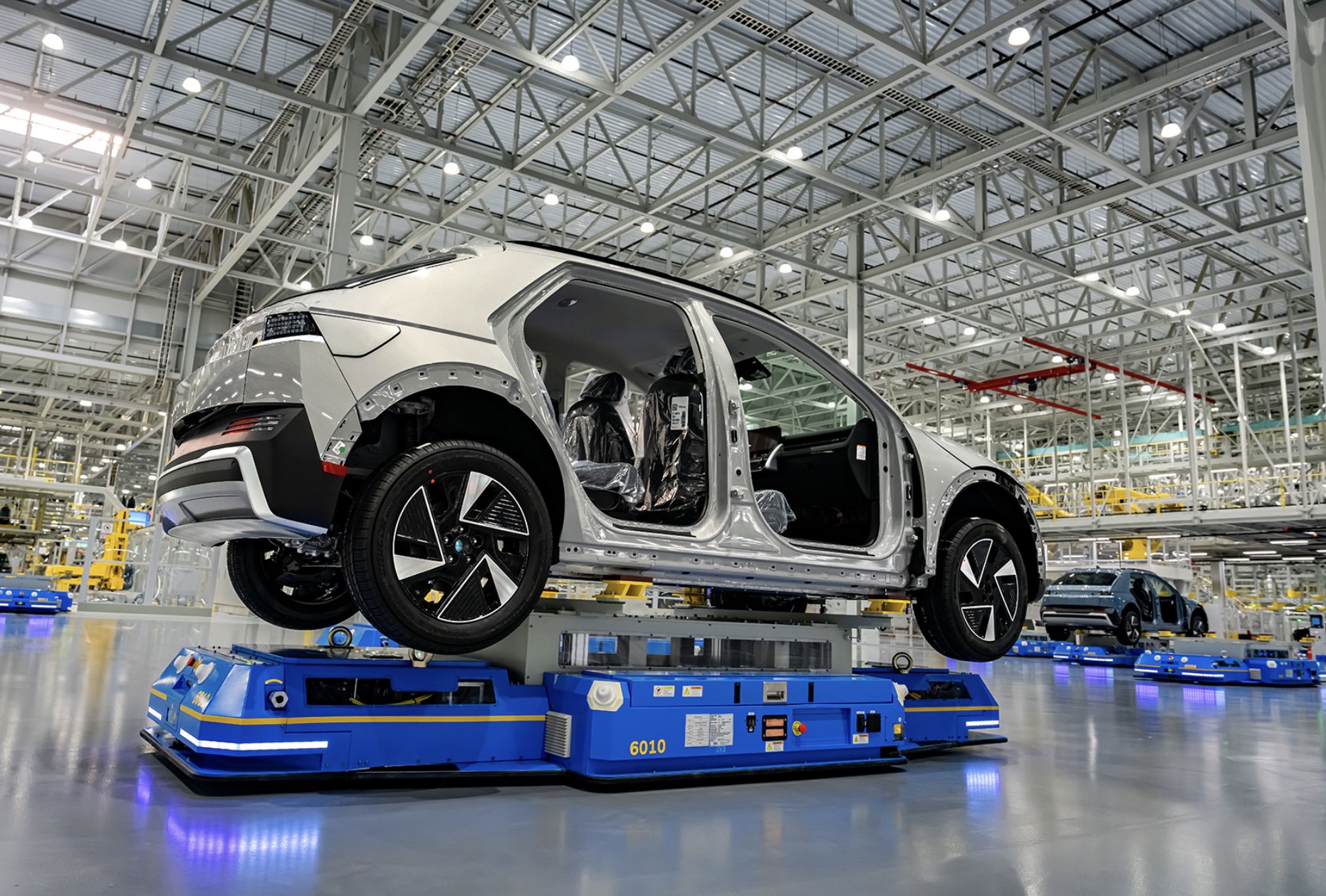
Hyundai’s $7.6Belectric vehicle (EV) plant in Georgia cleared an environmental review concerning its water usage.
In August, the U.S. regulator, The Army Corps of Engineers, agreed to revisit Hyundai Motor Group Megaplant America’s (HMGMA) permit standards regarding water usage after a conservation group threatened to sue. Last August, the Ogeechee Riverkeeper group pushed back against Hyundai’s permit, citing risks to the region’s drinking water from the plant’s 6.6 million daily gallons usage.
After reviewing Hyundai’s water usage for months, the U.S. regulator concluded that HMGMA’s permit required no changes.
The Corps’ memo stated: “The impacts on the environment as a result of this permit have been evaluated and found to be insignificant.” It noted a “long-term minor effect” on water supply, a shift from 2022’s “negligible” label.
Ogeechee’s legal director, Ben Kirsch, responded to the agency’s findings. “We do not yet know what, if any, ramifications will come from that,” adding, “Until we review that decision document, we cannot offer substantive comments, but we continue to monitor actions around this permit closely,” Kirsch said.
Hyundai’s Georgia plant has also hit wastewater issues since it started operations. The City of Savannah issued a permit to accept HMGMA’s wastewater on August 30, 2024. However, the city’s water treatment facility stopped taking the EV plant’s wastewater by September 2024.
The city noted the wastewater was “affecting biological processes” and did not stop taking the Hyundai factory’s wastewater due to Hurricane Helene. Hyundai received a Notice of Violation in October, with the City of Savannah working with Georgia’s EPD and Bryan County to resolve the issue.
The clearance keeps Hyundai’s Georgia plant on track. Despite HMGMA’s water usage issues and wastewater hiccups, the Army Corps ruling signals confidence in the project’s environmental footprint, though local oversight persists amid water supply concerns.
News
Tesla China discontinues Model S and Model X orders amid tariff war
The updates to Tesla China’s lineup were observed by electric vehicle watchers on social media.
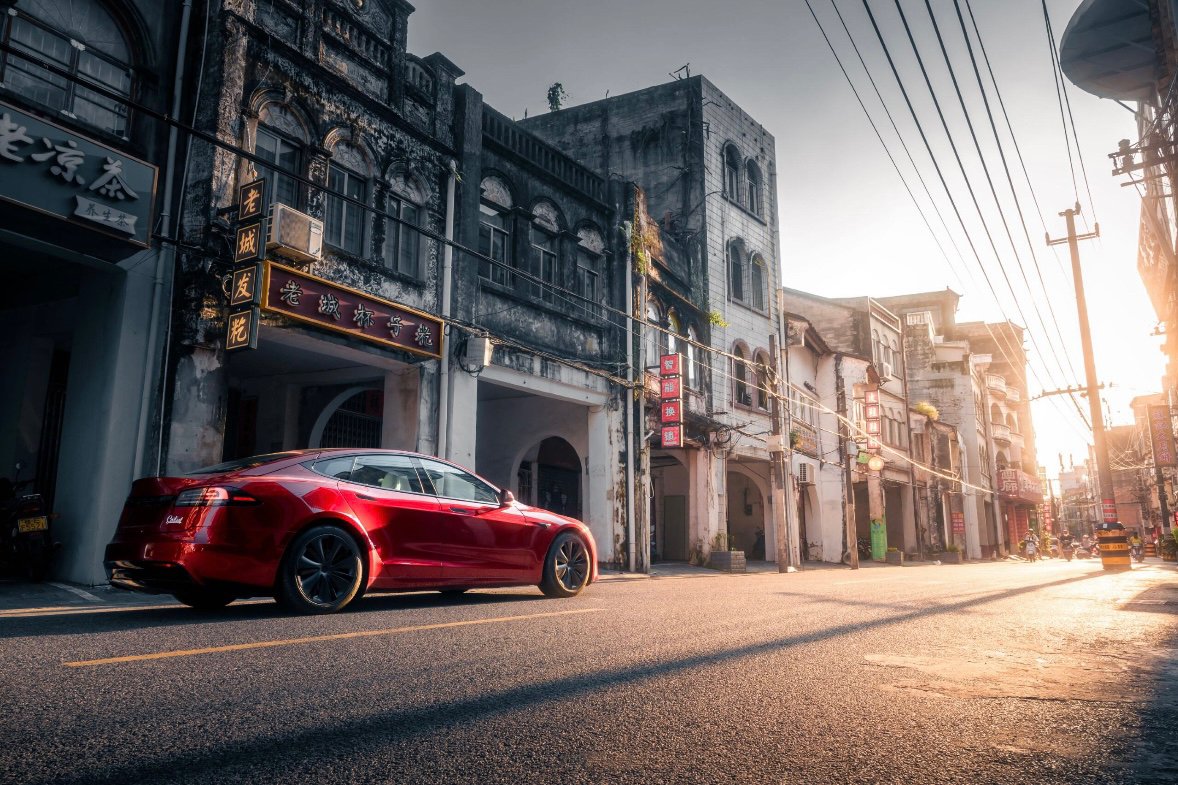
Tesla has stopped new orders of its flagship Model S and Model X vehicles in China. The update comes amidst the United States and China’s ongoing tariff war.
The updates to Tesla China’s lineup were observed by electric vehicle watchers on social media.
Tesla China Lineup Update
A look at Tesla China’s official website shows that only the reengineered Model 3 sedan and the new Model Y crossover are available for order. Customers in China are only presented with a button to “learn” about the Model S, Model X, and the Cybertruck.
As noted in a Reuters report, new orders for the two flagship vehicles have also been halted by Tesla China on its WeChat mini program account. Customers in China who wish to purchase a Model S or Model X can still do so today, but they can only acquire inventory vehicles.
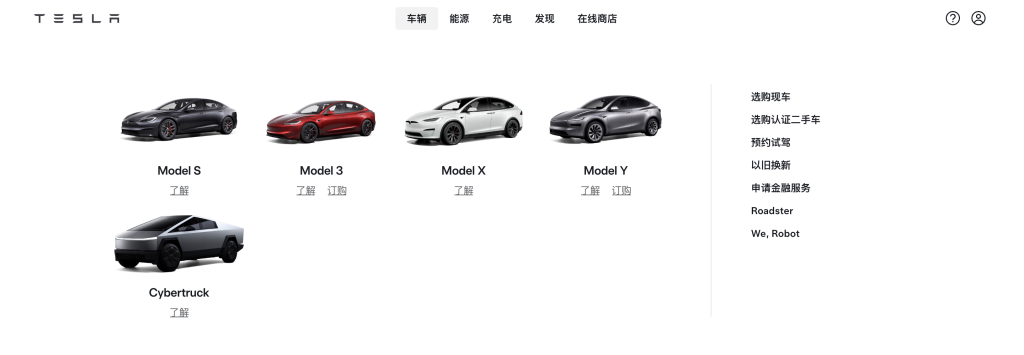
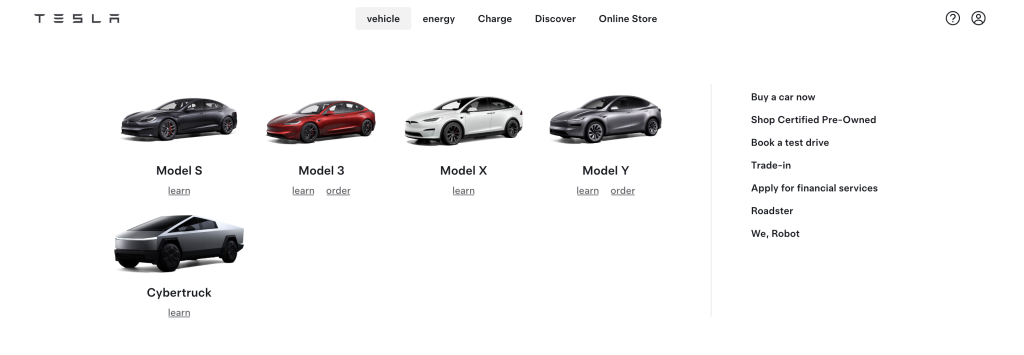
Still Imported
It should be noted that while Tesla operates Gigafactory Shanghai in China, the facility only produces the company’s two mass market cars, the Model 3 and the Model Y. Model S and Model X units are still imported from the United States, making them substantially more expensive than their locally-produced siblings.
With the Trump administration’s tariffs coming into effect, the Model S and Model X will likely become significantly more expensive for Chinese customers. On Friday, China raised its tariffs on U.S. imports to 125% in response to the Trump administration’s duties on Chinese goods, which has risen to 145%.
Not a Volume Seller
While the pause in Model S and Model X sales in China is unfortunate, the unavailability of the two flagship vehicles in the country will likely not affect Tesla’s delivery numbers this year. As per Li Yanwei, an analyst with the China Auto Dealers Association, Tesla China only imported 1,553 Model X and 311 Model S in 2024.
Considering that Tesla China saw deliveries of over 657,000 vehicles last year, the Model S and Model X only accounted for less than 0.5% of the company’s sales in the country.
-
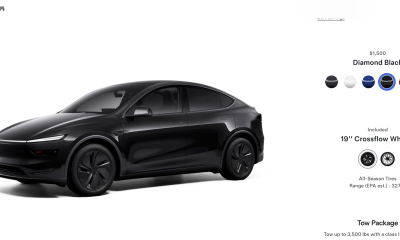
 News7 days ago
News7 days agoTesla rolls out new, more affordable trim of the Model Y Juniper in U.S.
-
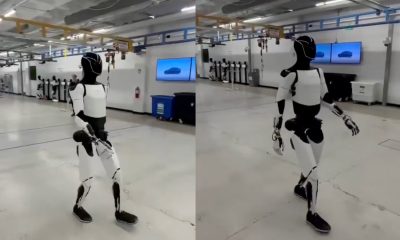
 News1 week ago
News1 week agoTesla shares Optimus’ improved walk in new update video
-
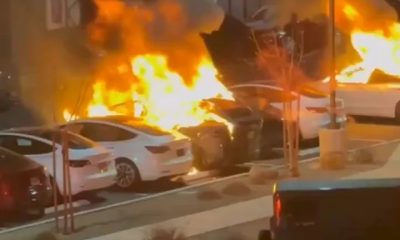
 Elon Musk2 weeks ago
Elon Musk2 weeks agoTesla vandal who lit Las Vegas repair center on fire arrested
-

 Elon Musk2 weeks ago
Elon Musk2 weeks agoElon Musk clarifies Trump tariff effect on Tesla: “The cost impact is not trivial”
-

 News2 weeks ago
News2 weeks agoTesla US Gigafactories shields from Trump’s 25% Tariffs
-
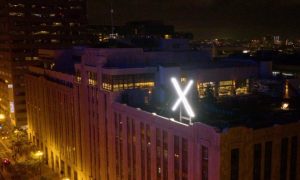
 Elon Musk2 weeks ago
Elon Musk2 weeks agoMusk says xAI has acquired X in $33 billion stock deal
-

 Elon Musk1 week ago
Elon Musk1 week agoTesla Germany reports 4,935 units sold in Q1 2025
-
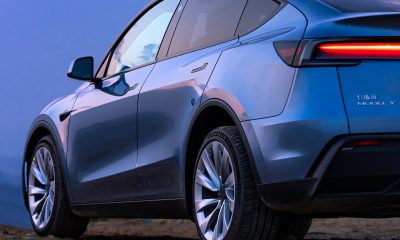
 Investor's Corner2 weeks ago
Investor's Corner2 weeks agoTesla (TSLA) shares company-compiled Q1 2025 delivery consensus

